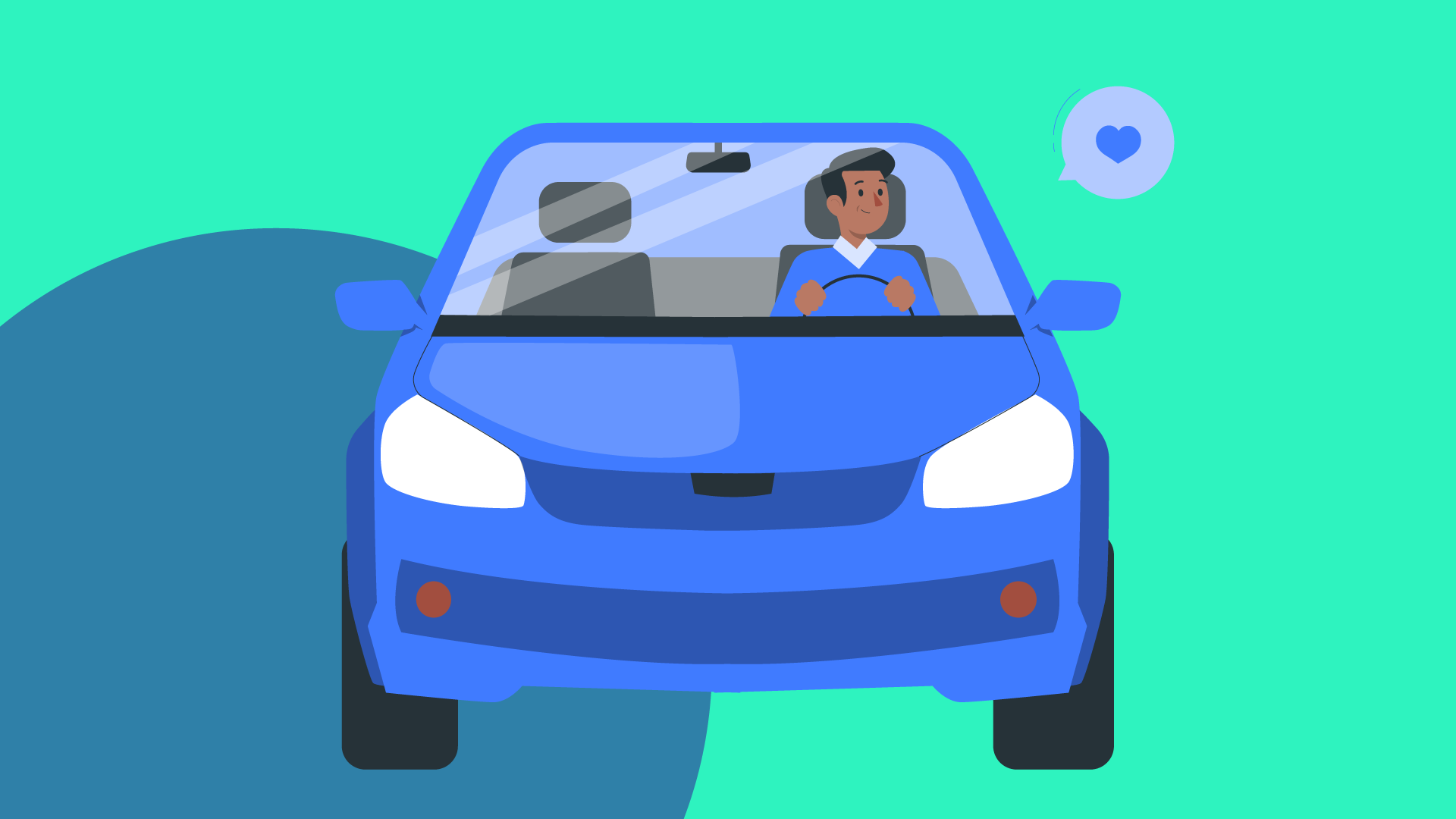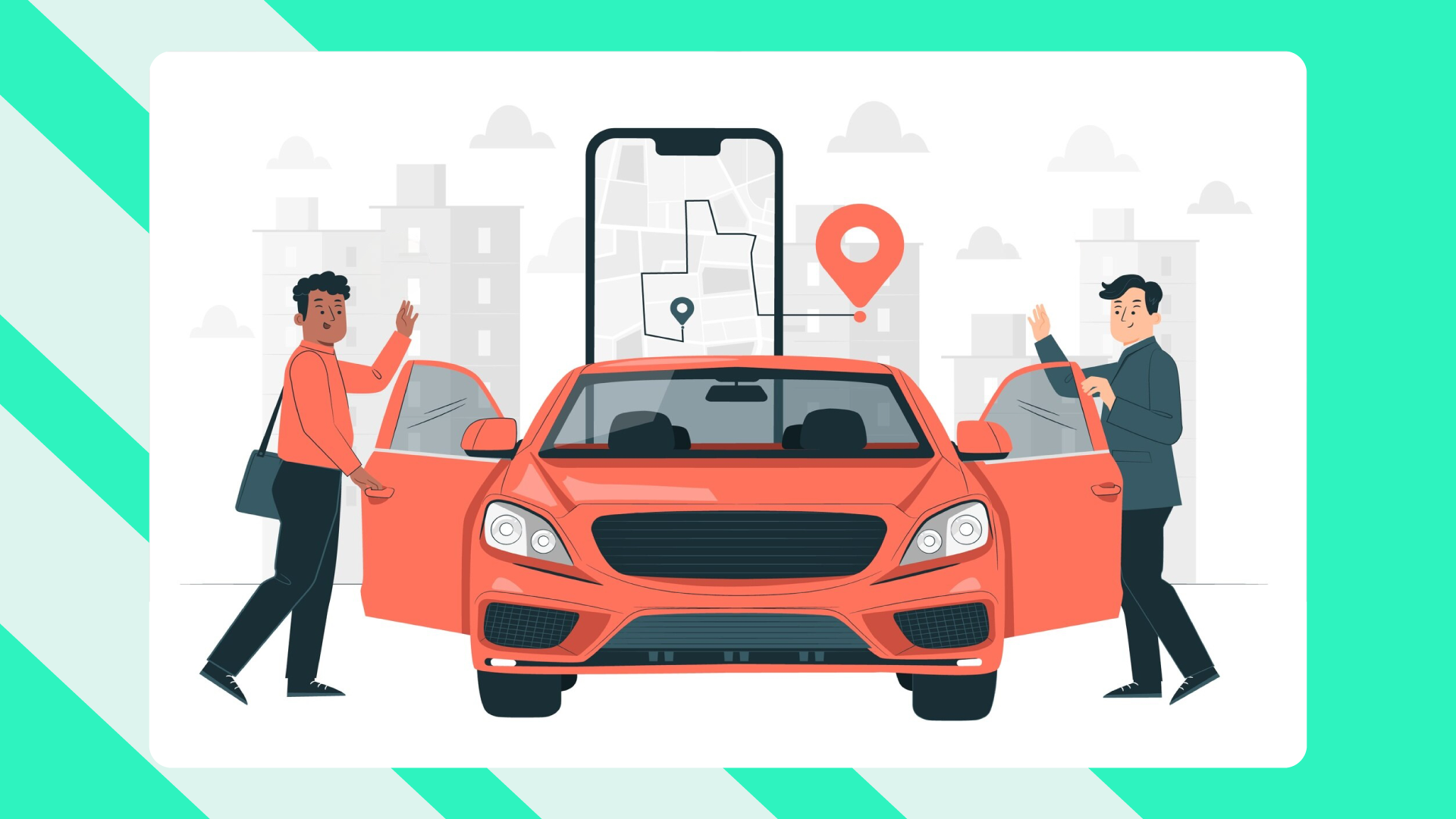How To Become An Uber, Taxi Or Personal Driver In The UK

Some people just love to drive - and a career as a driver can be particularly appealing to some. The next question is, what sort of driver do you fancy being?
Do you want to earn a few quid with a side hustle as an Uber driver, be a taxi driver, or become a chauffeur? Each of these has the potential to provide you with a reliable income.
This article will take you through your options, explaining the requirements for each, what legal requirements there are, and some tips to help you to succeed.
What Are Your Options?
Before making any decisions, it’s important that you understand the differences between the different driving roles:
- Taxi driver: you can be employed by a taxi business, lease a taxi or be self-employed.
- Uber Driver: you’ll be an independent driver for Uber and will have to use your own vehicle. All jobs will be handled via an app.
- Personal Driver: you will be employed by a private company to drive customers to their chosen destinations.
Each of the above roles will present its own challenges and unique benefits. It’s a case of assessing which one will fit your requirements for income and flexibility.
The Basic Requirements
Irrespective of which route you choose to take, the following are the minimum requirements to be a driver:
- Age: a personal driver has no minimum age requirements, provided you have a driving licence. However, regulations for taxi drivers can vary by location and Uber drivers must be at least 21.
- Driving Licence: bit of a no brainer - you must have a driving licence for these roles.
- Driving Licence Endorsements: you must disclose any penalty points on your licence. The severity of any endorsements can impact whether you can work as a driver.
- Background Checks: because each type of driver is interacting with the public, background checks will be required. The levels of those checks can vary according to your local council.
- Vehicle: a vehicle must meet minimum legal requirements. The responsibility of this will depend on whether you own the vehicle you’re using to carry out your driving role.
How To Become An Uber Driver

This is probably the easiest of the driving jobs to get set up, and so long as you already have a vehicle, it can be a one of several good side hustles to start without much money. There are six key steps to follow:
Step 1 - Sign Up
- Head to Uber’s website and complete the application form, letting them know where you are based and your licence type.
Step 2 - Get a Private Hire Licence
- You must obtain a private hire licence from a local council that covers Uber licensing.
- If you don’t have one, Uber will help you obtain a private hire licence.
Step 3 - Upload Documentation
Uber will require you to send digital copies of the following documents:
- A valid driving licence
- A bank statement for the account you want to receive payments into. The account name must match your name or that of a company you own.
- A profile photo of yourself taken using Uber’s Greenlight hub.
Step 4 - Your Vehicle
Clearly, you can’t be an Uber driver without a car, but your car must meet the following criteria:
- PHVL Licence provided by the council
- Private hire car insurance
- A car with an age that meets the local council requirements
- A car or minivan with a minimum of 4 doors
- No commercial logos
- Reasonable condition with no cosmetic damage
- Vehicle must have a licence to carry 4 customers
PLEASE NOTE - some conditions may differ for London
Don’t have a car right now? Uber has a sister company called Partner Point who can offer different hire and leasing deals to Uber drivers.
Step 5 - EduMe Course
This is a course specifically created by Uber for their drivers. It takes you through all aspects of the Uber app and what it can do for you. Upon the completion of the EduMe course, you’ll be sent a link to activate your new Uber Driver account.
Step 6 - Activate Your Uber Account
Congratulations, you’ve just become Uber’s latest driver. You need to make an appointment at a local Greenlight Hub to formalise your new role. You will need to take the following with you:
- DVLA driving licence
- Private hire licence (badge and paper copy)
- A Bank statement (no older than 3 months old)
- National Insurance number
How To Become A Taxi Driver In The UK
Taxi driving can offer the chance to be your own boss and work flexible hours. However, as you might guess, it’s not a straight-forward process. There’s plenty of legal requirements and things can vary depending on the type of taxi licence you’re interested in.
Taxi Licences
The UK operates two types of taxi licences:
- Private Hire Licence - for taxis that have to be pre-booked via a licensed operator
- Hackney Carriage Licence - this licence is for black cab taxis that operate from taxi ranks or can be hailed on the street.
Basic Requirements
There are some basic criteria you must meet before you can apply for either type of taxi licence:
- Age 21 or over (might be 25+ with some councils)
- Held a full UK driving licence for at least 12 months (can be 3+ years with certain councils)
- Have a background check - Disclosure and Barring Service (DBS)
- Meet certain medical health standards
Steps Required To Become A Taxi Driver
Step 1 - Consult your Local Council
All taxi licences are processed by local councils. Therefore, you should contact your council to:
- Obtain application fees
- Find out what tests are required (local knowledge etc)
- Check any additional requirements
Step 2 - Complete a DBS check
Because you will be dealing with members of the public, you must have an advanced DBS check and have no criminal convictions. You can arrange this via your local council at a cost of approximately £40 to £60.
Step 3 - Undergo a Medical Examination
Applicants must complete a DVLA Group 2. This involves:
- Your GP performing a medical examination
- Completion of medical forms provided by the council
- Tests for heart conditions, diabetes and eyesight
Step 4 - Knowledge Tests
The tests required do differ between the two types of taxi drivers:
Black Cab (Hackney Carriage) Drivers
- London taxi drivers must pass ‘The Knowledge’ test. This can take between 2 and 4 years to learn.
- Outside of London, local councils have their own knowledge tests local to your area that aren’t as difficult as London tests.
Private Hire Drivers
- Speak basic english
- A geographical test
- Basic maths for calculating fares
Step 5 - Vehicle Regulations
If you plan to use your own vehicle, it must:
- Pass an MOT
- Hold special taxi insurance
- Show the appropriate signage
- Meet the age and condition standards set by the council
Step 6 - Obtain licence and badge
Once you have met all the requirements, you will:
- Pay for your licence (can range from £200 to £500)
- Receive your taxi licence
- Receive your taxi badge
How To Become A Personal Driver/Chauffeur In The UK

As we have seen, there’s various steps involved in becoming any type of driver. Bear in mind that most employers require their drivers to have a clean driving licence and some previous experience. However, the legal requirements for a chauffeur are far less stringent than for taxi driving.
So, let’s look at what’s required for a personal driver.
Step 1 - Licence and Certifications
- A clean UK driving licence
- PCO Private Hire Licence - not always mandatory and can take up to 16 weeks to complete the application.
- Vision - have an eye test to ensure you meet the standards required for professional drivers.
Step 2 - Training
Whilst not a legal requirement, undertaking training courses to improve your driving skills and professionalism will demonstrate your commitment.
Companies such as the Royal Society for the Prevention of Accidents (RoSPA) and I AM RoadSmart offer various courses covering:
- Advanced Drivers
- First Aid
- Driving techniques
- Collision avoidance
- Car maintenance
Step 3 - Finding Work
The first thing to do is create a good CV to showcase your skills. This can then be used to apply to private driving companies.
As a freelance driver, you should create a profile on Google Business and advertise yourself on social media sites such as LinkedIn and Facebook.
Consider approaching hotels and other corporate businesses that regularly require private drivers for their staff and guests.
Conclusion
Being a driver offers flexibility and good earning potential, whether you're an Uber driver, a taxi driver or a personal driver.
Some roles are straightforward to get involved in and others require a little extra effort, but if you enjoy driving it’s well worth the effort.
Be sure to research the requirements in your locality and look for the roles that best suit your availability and skills.
Or if you're not sure about driving as a side hustle, there are plenty of alternatives - from cleaning to gardening to tutoring - or you could even give Matched Betting a go.
